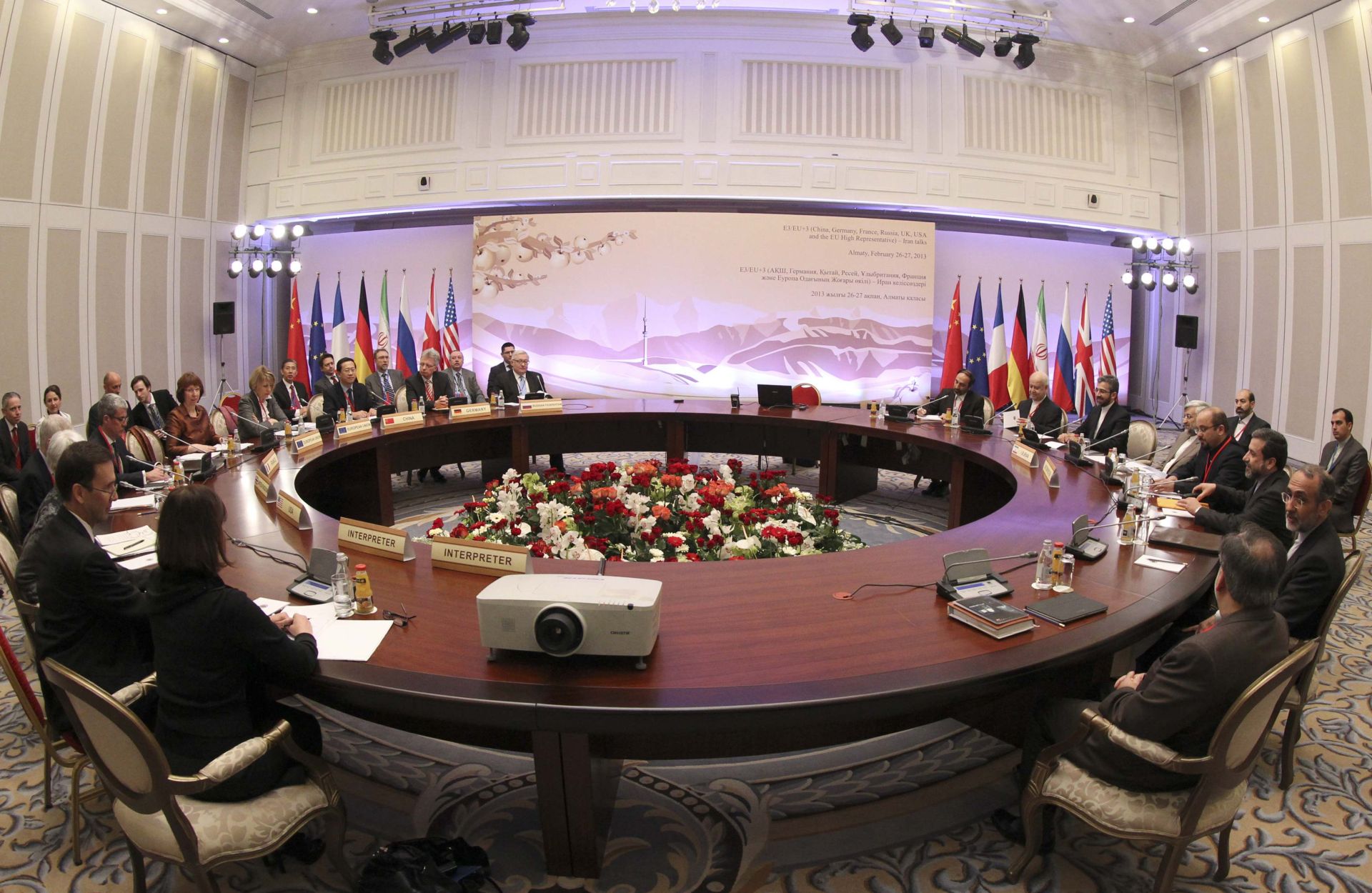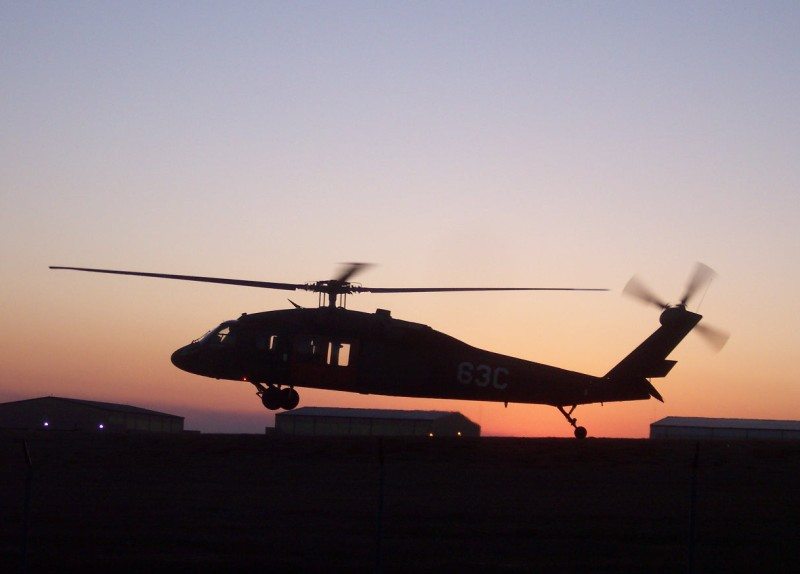Vienna: The broad outlines of an unprecedented deal between Iran and global powers to put a nuclear bomb out of Tehran’s reach are known. But the devil is in the details.
Here are some of the thorniest sticking points which top negotiators still have to nail down to reach a comprehensive accord, as Tuesday’s deadline looms.
SANCTIONS
Iran’s main purpose in coming to the negotiating table is to win a lifting of a complex web of economic and trade sanctions which have been gradually tightened over the past decade. The sanctions have choked the Iranian economy, frozen more than $100 billion in oil revenues in bank accounts around the world, and barred the country from lucrative oil markets.
But “the expectations of one side don’t match the willingness of the others,” a Western diplomat said.
Tehran wants to see the immediate lifting of all EU, UN and US sanctions as soon as a deal is reached.
But the P5+1 powers leading the talks — Britain, China, France, Germany, Russia and the United States — are insisting sanctions should only be lifted progressively as Iran takes steps to reduce the capabilities of its suspect nuclear program.
MILITARY SITES
Iranian leaders have repeated many times in the past weeks that they are opposed to inspections of sensitive military sites by the UN nuclear watchdog, the International Atomic Energy Agency (IAEA), insisting that it is a question of national sovereignty.
Supreme Leader Ayatollah Ali Khamenei has made such inspections one of his “red lines” and refused interviews with Iranian scientists, and access to documentation.
The IAEA however is seeking to end a long standoff over suspected past development of nuclear weapons — what is referred to as the possible military dimensions (PMDs) of the Iranian program.
They are seeking to verify reports — slammed by Iran as false — that up to 2003, and perhaps even beyond, Tehran carried out military nuclear research.
Some countries such as France are insisting that the need to address the lingering PMD issue is clearly defined and written into any final deal.
SANCTIONS ‘SNAPBACK’
Western nations in particular are stressing that a mechanism needs to be put into place to allow any UN sanctions lifted under the deal to be quickly put back into place if Iran violates the accord.
A Western diplomat said there “is an accord” between the P5+1 on this issue. Privately, several sources say the idea is to have a committee made up of the P5+1 members which would examine reported violations.
Unlike at the UN Security Council, it is believed that no country would be able to veto any action by a single vote.
Iran however is believed not to be in favor of such an arrangement.
LENGTH OF A DEAL
Global powers want to curtail the Iranian nuclear program for at least 10 years, and some parts of it for longer.
“Unlike the insistence from the Americans, we do not accept long-term limitations of 10, 12 years, and we told them how many years (of) limitations we are ready to accept,” Khamenei, who has the final word for Iran on the deal, said last week.
The Lausanne framework accord agreed on April 2 says that Iran will limit its uranium enrichment program for 10 years.
Khamenei is also insisting that Iran be allowed to continue nuclear research and development during the period.











